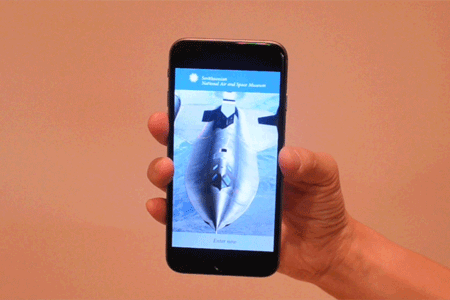The problem is a bit confusing because there are at least two different ways to think about Yaw. One is from the phone's perspective, and one from the world perspective.
I'll use this image from Apple to explain further:

If the phone is flat on a table:
- Rotations along the phone's yaw (or Z axis): change the compass heading.
- Rotations along the phone's roll (or Y axis): do not change compass heading.
- Rotations along the phone's pitch (or X axis): do not change compass heading.
If the phone is flat against a wall:
- Rotations along the phone's yaw (or Z axis): change the compass heading.
- Rotations along the phone's roll (or Y axis): change the compass heading.
- Rotations along the phone's pitch (or X axis): do not change compass heading.
For the remainder of this answer, I'll assume the phone is upright and yaw, pitch, and roll refer to exactly what's in the photo above.
Yaw

You'll need to use atan2 and inspect gravity as in this example.
let yaw = -Angle(radians: .pi - atan2(motion.gravity.x, motion.gravity.y))
Pitch
Similar to the above, I primarily just swapped x and z and it seems to be returning the correct values:
let pitch = Angle(radians: .pi - atan2(motion.gravity.z, motion.gravity.y))
Roll (aka Compass Heading)
Use blkhp19's code above which sums up the attitude yaw and roll. If you import SwiftUI, you can leverage the Angle struct to make radian + degrees conversion easier:
func roll(motion: CMDeviceMotion) -> Angle {
let attitudeYaw = Angle(radians: motion.attitude.yaw)
let attitudeRoll = Angle(radians: motion.attitude.roll)
var compassHeading: Angle = attitudeYaw + attitudeRoll
if attitudeRoll.degrees < 0 && attitudeYaw.degrees < 0 {
compassHeading = Angle(degrees: 360 - (-1 * compassHeading.degrees))
}
return compassHeading
}
Also note that if you don't need the actual angle, and all you need is the relationship (e.g. isPhoneUpright), you can simply read gravity values for those.
extension CMDeviceMotion {
var yaw: Angle {
-Angle(radians: .pi - atan2(gravity.x, gravity.y))
}
var pitch: Angle {
Angle(radians: .pi - atan2(gravity.z, gravity.y))
}
var roll: Angle {
let attitudeYaw = Angle(radians: attitude.yaw)
let attitudeRoll = Angle(radians: attitude.roll)
var compassHeading: Angle = attitudeYaw + attitudeRoll
if attitudeRoll.degrees < 0 && attitudeYaw.degrees < 0 {
compassHeading = Angle(degrees: 360 - (-1 * compassHeading.degrees))
}
return compassHeading
}
}

